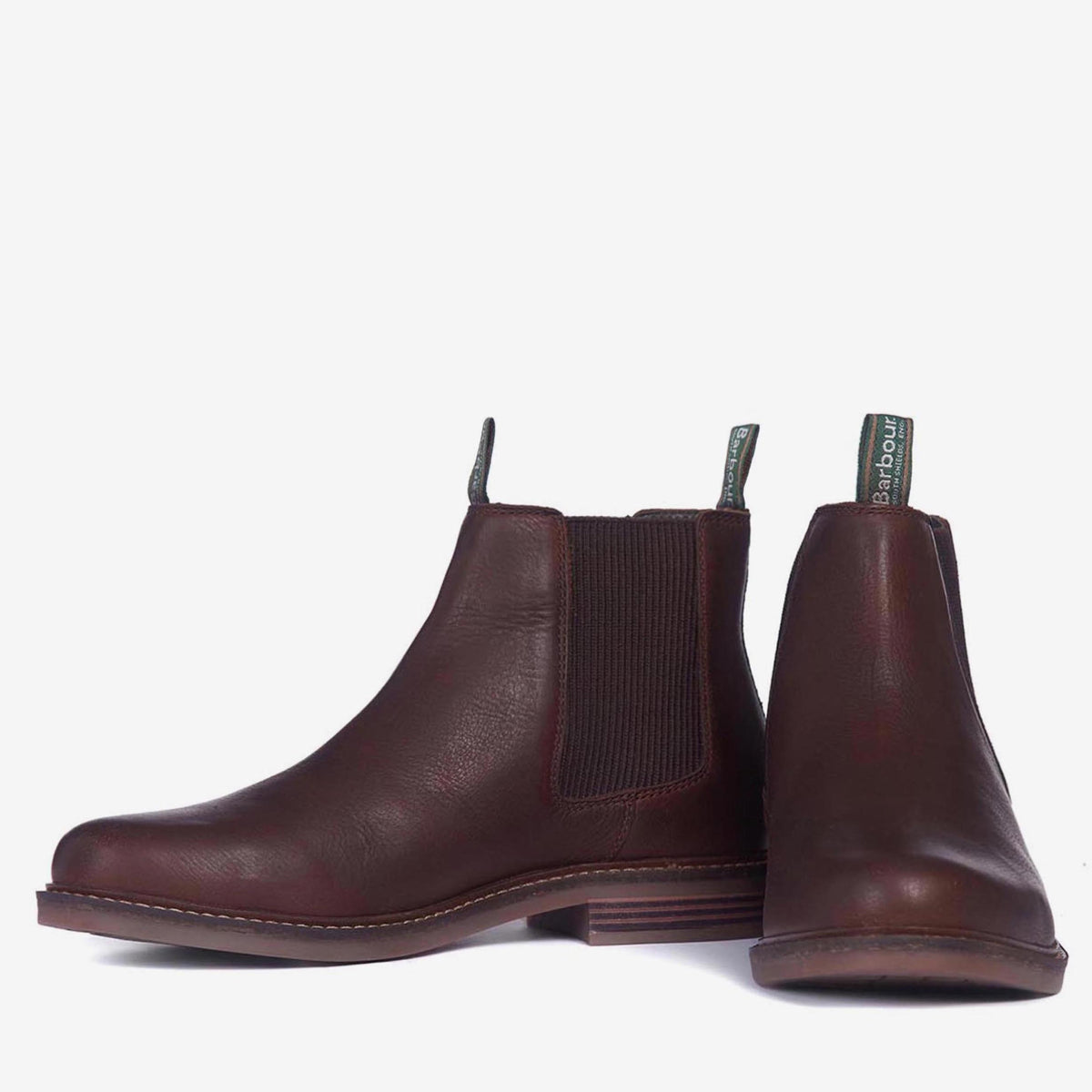
The History of Timberland: A Journey of Craftsmanship and Authenticity
The History of Timberland: A Journey of Craftsmanship and Authenticity
Timberland is synonymous with rugged footwear, outdoor adventures, and timeless style. Since its inception, the brand has carved a unique identity in the fashion and outdoor industry. Here’s an overview of Timberland's remarkable history, from humble beginnings to global acclaim.
Origins and Foundation
Timberland's roots trace back to 1928 when Nathan Swartz, a Russian immigrant, began his career in shoe manufacturing in Boston, Massachusetts. His passion for quality craftsmanship led him to purchase a 50% stake in the Abington Shoe Company in 1952. Over the years, Swartz brought his family into the business, transforming it into a family-run enterprise.
In 1973, the company introduced the iconic Timberland boot. Made with premium waterproof leather and a revolutionary injection-molding technique that connected the sole to the boot without stitching, these boots were designed to withstand the toughest conditions. The Timberland boot quickly gained popularity among workers, hikers, and outdoor enthusiasts, becoming the cornerstone of the brand.
Expansion and Evolution
As the Timberland name gained recognition, the company officially adopted it in 1978. The brand expanded its product range, introducing casual footwear, apparel, and accessories while maintaining its commitment to durability and style. Timberland’s ability to blend functionality with fashion allowed it to appeal to a diverse audience, from rugged outdoorsmen to urban trendsetters.
Throughout the 1980s and 1990s, Timberland expanded internationally, entering markets in Europe, Asia, and beyond. The brand’s rugged aesthetic and reliable performance resonated globally, solidifying its place as a leader in the outdoor and lifestyle sectors.
Social Responsibility and Sustainability
In the early 2000s, Timberland began emphasizing environmental sustainability and corporate social responsibility. The brand launched initiatives such as planting trees, reducing its carbon footprint, and using eco-friendly materials in its products. Timberland’s commitment to sustainability reflects its deep respect for nature and dedication to preserving the planet for future generations.
Cultural Impact
Timberland has transcended its functional roots to become a cultural icon. The boots, especially the classic "yellow boot," have been embraced by musicians, artists, and celebrities worldwide, cementing the brand’s status as a fashion staple. From hip-hop culture to runway shows, Timberland has made an indelible mark at the intersection of fashion and identity.
Conclusion
From its beginnings as a small family-owned business to its position as a global powerhouse, Timberland’s journey is one of innovation, resilience, and authenticity. With a legacy built on craftsmanship, environmental stewardship, and cultural relevance, Timberland continues to inspire adventurers and creatives alike. Whether trekking through mountains or navigating city streets, Timberland remains a symbol of quality and timeless style.
What are your thoughts on Timberland's story? Are you a fan of their iconic boots?



